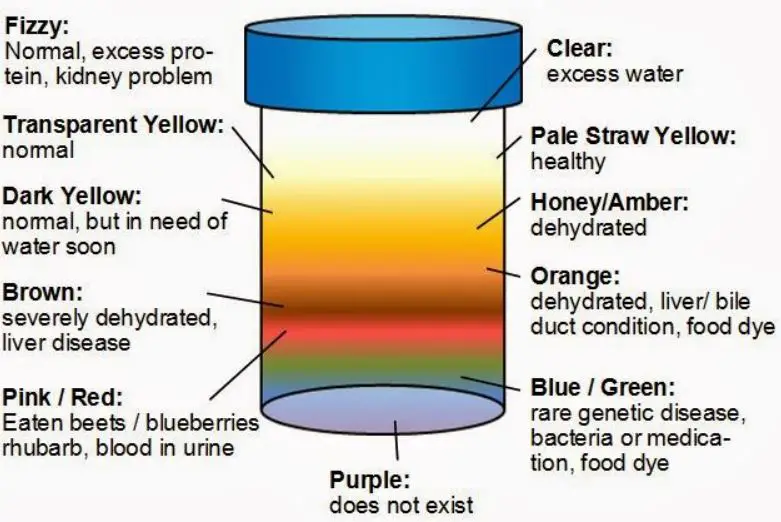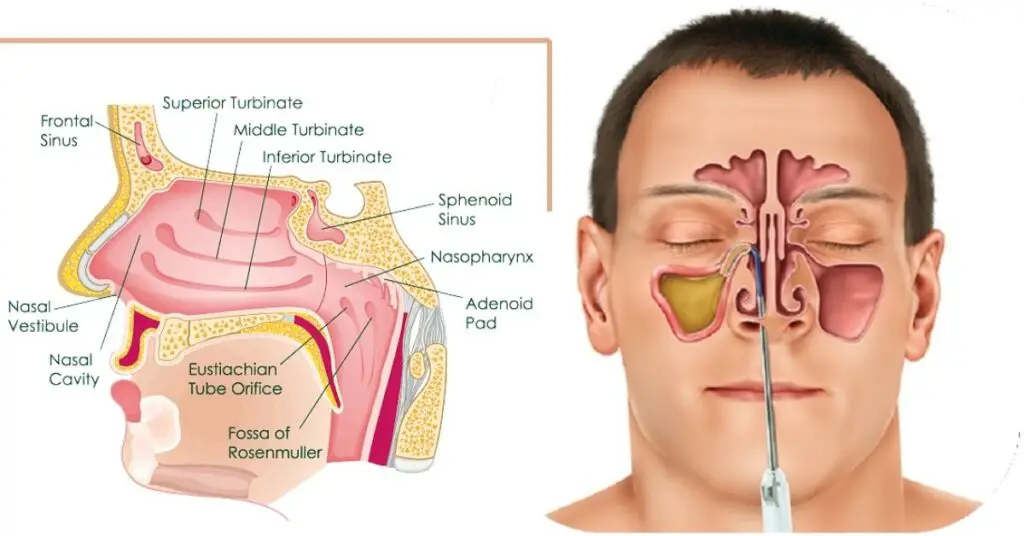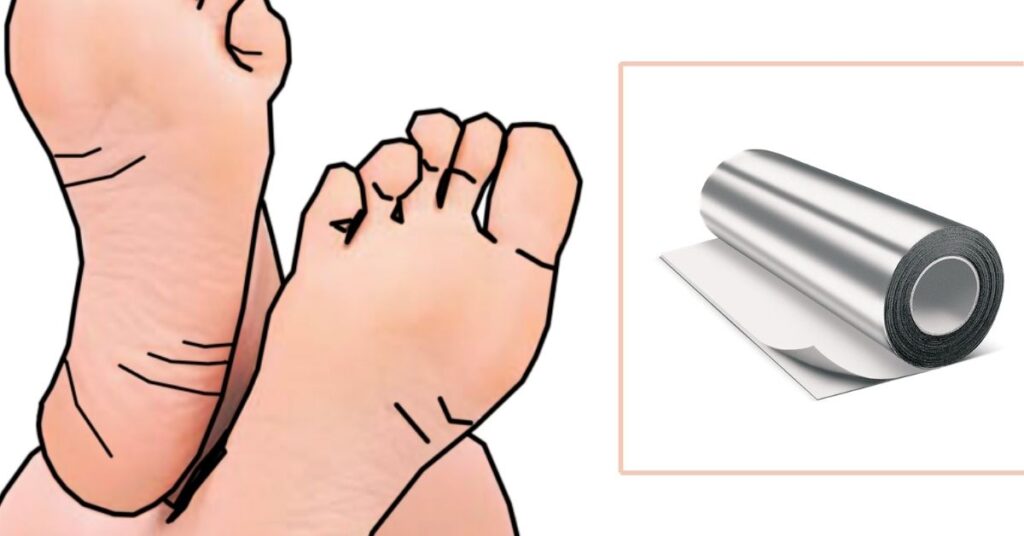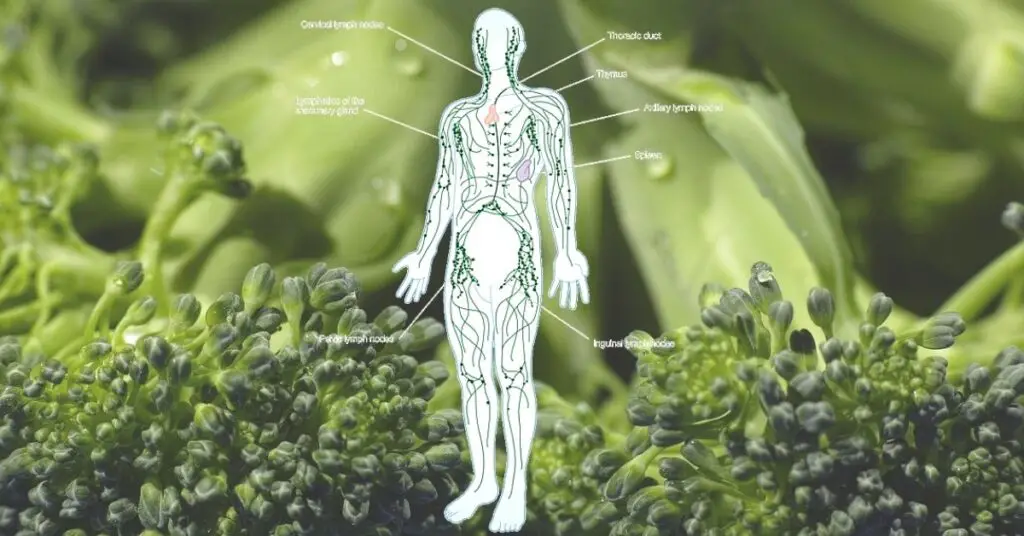When we think of the color of urine, we think that it is yellow. However, did you know that the urine can be almost all colors of the rainbow?
Moreover, the color, smell and consistency of the urine can reveal if you have some health problems.

Urine color
The yellow pigment in our urine depends on our water or fluid intake. If we drink more water, the color of the urine is clearer. But if we drink less water, the color of the urine is more concentrated.
Your urine may sometimes have an unusual color, which may be caused by certain medications, food colors, or even health issues.

1. Transparent/No color urine
The transparent color of the urine means that you are hydrated enough. If you drink a lot of water, the risk of water intoxication is increased. In other words, if you drink more water than the body needs, it will start to dilute more salts than it should.
This is not a serious health issue. All you have to do is to lower the intake of water.
2. Transparent yellow urine
The transparent yellow color of your urine signifies that you are in perfect health.
3. Pale straw urine
The pale color of your urine means that your body is well-hydrated. It is also a normal color of the urine and does not indicate any health issues.
4. Dark yellow urine
The dark yellow color of your urine means that you do not drink enough water. The dark yellow color of the urine and its strong smell indicate that you do not drink the advised amount of water during the day.
Moreover, the dark color of the urine can be a symptom of some health issues. For instance, hepatitis can cause liver inflammation, which makes the color of the urine darker.
5. Brown ale urine
Dehydration, medications, and consumption of certain foods can make your urine brown. If you are dehydrated, the body holds the water and the urine becomes more concentrated.
Moreover, brown urine can be a sign of liver disease. If you have a liver problem, the body eliminates bile salts, which with the feces end up in the urine and lead to liver inflammation or hepatitis.
6. Orange urine
If you are taking high amounts of beta-carotene or vitamin C or if you are dehydrated, the color of your urine may turn orange.
Moreover, some medical problems, such as food poisoning, bile, or liver duct, can also make the urine orange. Also, chemotherapy can damage the bladder and the liver, which in turn can lead to urine discoloration.
7. Pink or red urine
If you consume foods, such as rhubarb, blackberries, blueberries, or beets, the urine can turn pink or red.
Nevertheless, if you have not consumed any of these foods, you may have hematuria, a health issue caused by urinary tract infections, enlarged prostate, bladders stone, kidney cyst, and non-cancerous and cancerous tumors.
The use of certain medications can also cause urine discoloration. For instance, antibiotics, used to treat tuberculosis, can turn the urine red or pink color.
8. Blue or green urine
Food coloring is one reason why urine can turn green or blue. Another reason can be a bacterial urinary infection, caused by pseudomonas bacteria.
Moreover, medications, including antibiotics, diuretics, Viagra, can lead to urine discoloration. Genetic diseases, such as benign hypercalcemia, can turn the urine blue.
The smell of the urine
The smell of urine depends on the medications you take and the food you consume. However, if you notice that your urine has an unusual smell, you should consult a health expert.
Urine consistency
1. Foamy urine
If you urinate with greater force than usual, your urine may be fizzy. However, fizzy urine can be a sign of gallbladder or kidney issues.
2. Milky urine
Milky urine can be a symptom of kidney stones, urinary infection, or bladder infection.







